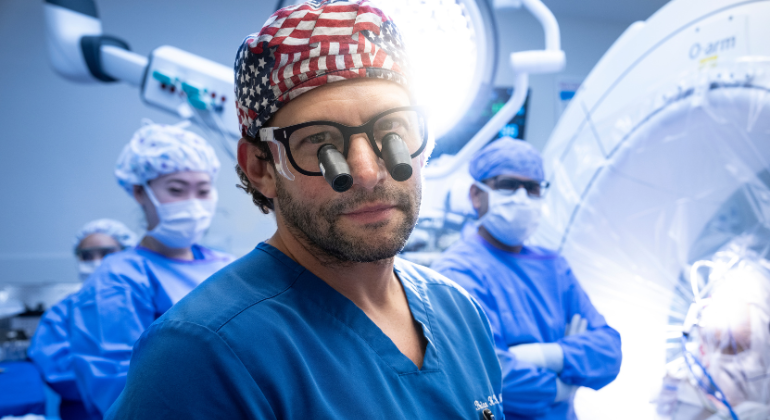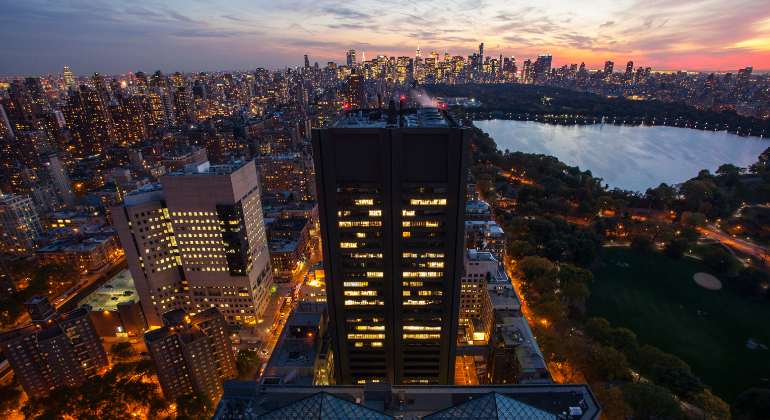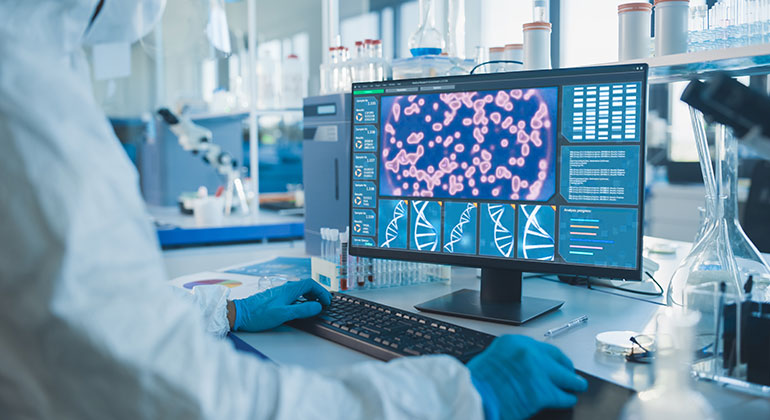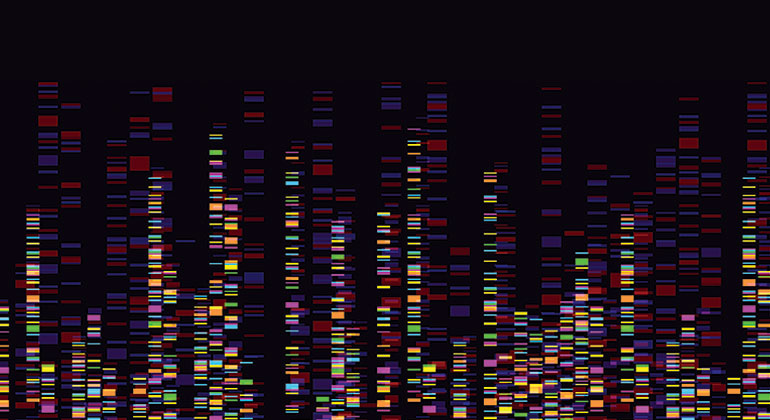Two Mount Sinai Research Papers Present Evidence of Distinct Molecular Differences Between Brain Tissue from Living People and Tissue Collected After Death

Two new research papers from the landmark Living Brain Project at Mount Sinai present what is, by several metrics, the largest investigation ever performed of the biology of the living human brain. The papers present unequivocal evidence that brain tissue from living people has a distinct molecular character, an observation that until now was missed because brain tissue from living people is rarely studied. The findings, which were recently published in Molecular Psychiatry and PLOS ONE, call for a re-evaluation of how scientists study the human brain.
Postmortem brain samples—tissue samples obtained from individuals who donate their brain to science after death—are currently the standard tissue source used by scientists to study how our brains work at the deepest level. This practice, which is used to study the foundations of virtually all brain illnesses, such as schizophrenia and Alzheimer’s disease, rests upon the assumption that molecular biology measurements made in the postmortem brain are representative of how the brain works in living people. This assumption had not been adequately tested, so the Living Brain Project was designed to rigorously test it across multiple levels of biology.
To that end, the team developed and applied state-of-the-art transcriptomics and proteomics tools to analyze approximately 300 brain tissue samples from living patients at Mount Sinai Health System in New York. Transcriptomics and proteomics are the large-scale systematic study of RNA and proteins, respectively, within tissues. The brain tissue samples were collected using a safe and scalable procedure to biopsy a small volume of brain tissue from a region of the prefrontal cortex during placement of the stimulation lead during deep brain stimulation surgery.
The Molecular Psychiatry study introduces the Living Brain Project and presents multiple lines of evidence that gene expression in postmortem human brain tissue may not always be an accurate representation of gene expression in living human brain tissue. Moreover, the study suggests that postmortem gene expression signatures of neurological and mental illnesses, as well as of normal phenotypes such as aging, may not always be accurate portrayals of those gene expression signatures in the living brain.
Alexander W. Charney, MD, PhD, Director of The Charles Bronfman Institute for Personalized Medicine, co-lead of The Living Brain Project, and senior author of both manuscripts, put the findings in context. “To achieve a full understanding of how our brains work at the molecular level, we must study the brain of people who are alive,” he notes. “This work should not be viewed as evidence that postmortem samples lack value, but rather as evidence that living samples have value.”
The study results published in PLOS ONE expand upon the Molecular Psychiatry study by focusing on RNA splicing and protein expression. Specifically, researchers learned the living brain is significantly different from the postmortem brain in terms of RNA splicing, intron usage, and protein expression. Study data revealed that more than 60 percent of proteins and 95 percent of RNA types were differently expressed or processed in living versus postmortem tissue.
“We were struck by the scale and consistency of the differences across RNA and protein data,” says Brian Kopell, MD, Director of the Center for Neuromodulation at Mount Sinai, co-lead of The Living Brain Project, and lead author of the PLOS ONE study. “For example, 95 percent of tested RNA transcripts showed differences in at least one of the following: primary RNA levels, splicing rates, or mature RNA levels. Many protein expression patterns also differed, and even the relationships between RNA and protein co-expression levels were altered in postmortem tissue.”
“With more than 10 million people undergoing neurosurgery each year globally, even modest-scale collection of brain tissue from consenting patients could greatly accelerate our understanding of the brain’s molecular architecture in real time, ranging from mood swings to cognitive tasks to treatment response,” concludes Dr. Kopell. “The Living Brain Project is paving the way by demonstrating that brain tissue from living people can be collected in a safe and scalable way, and should be prioritized by science for biomedical research.”
Future work by the Mount Sinai team will work toward building living brain tissue biobanks that could dramatically change neuroscience research in the decades ahead.
About the Mount Sinai Health System
Mount Sinai Health System is one of the largest academic medical systems in the New York metro area, with 48,000 employees working across seven hospitals, more than 400 outpatient practices, more than 600 research and clinical labs, a school of nursing, and a leading school of medicine and graduate education. Mount Sinai advances health for all people, everywhere, by taking on the most complex health care challenges of our time—discovering and applying new scientific learning and knowledge; developing safer, more effective treatments; educating the next generation of medical leaders and innovators; and supporting local communities by delivering high-quality care to all who need it.
Through the integration of its hospitals, labs, and schools, Mount Sinai offers comprehensive health care solutions from birth through geriatrics, leveraging innovative approaches such as artificial intelligence and informatics while keeping patients’ medical and emotional needs at the center of all treatment. The Health System includes approximately 9,000 primary and specialty care physicians and 10 free-standing joint-venture centers throughout the five boroughs of New York City, Westchester, Long Island, and Florida. Hospitals within the System are consistently ranked by Newsweek’s® “The World’s Best Smart Hospitals, Best in State Hospitals, World Best Hospitals and Best Specialty Hospitals” and by U.S. News & World Report's® “Best Hospitals” and “Best Children’s Hospitals.” The Mount Sinai Hospital is on the U.S. News & World Report® “Best Hospitals” Honor Roll for 2025-2026.
For more information, visit https://www.mountsinai.org or find Mount Sinai on Facebook, Instagram, LinkedIn, X, and YouTube.


